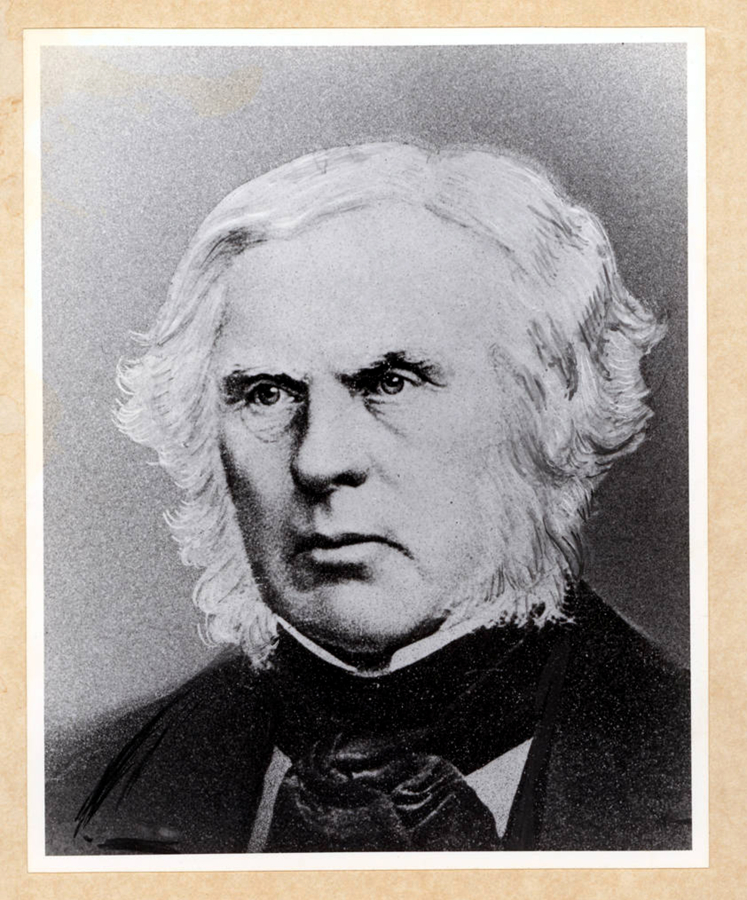At 6-foot-4-inches tall with a leonine crop of white hair capping his head and a broad-shouldered physique, John McLoughlin (1784-1857) appeared overwhelming. His Hudson Bay Company boss, Gov. George Simpson, described him as touchy, reckless, a self-proclaimed righter of wrongs, and a zealot in exercising his duties. Still, Simpson trusted his subordinate sufficiently to leave HBC’s immense Columbia Department in his hands.
At 14, McLoughlin apprenticed to a physician. Five years later, he acquired a medical license. Soon after, he joined Canada’s North West Company fur business. After rising slowly in the company, he gained a partnership and negotiated the firm’s union with HBC. At 31, he’d clocked nearly two decades in the fur trade.
The first 1824 Fort Vancouver (near the Washington State School for the Deaf) offered a beautiful view of the Columbia River. While the fort held high ground, HBC employees lugged materials and water a mile on a rugged uphill road, making it unsuitable as a permanent supply depot. The fort rebuilt to move closer to the river in 1829.
Simpson issued detailed orders for his chief factor. McLoughlin toiled to increase his company’s profitability and his outpost’s survival. He oversaw the creation of a farm and planted the first wheat in the Pacific Northwest. He also introduced fruit and cattle, horses and hogs, although he forbade killing beef to the consternation of visiting sailors and guests.



